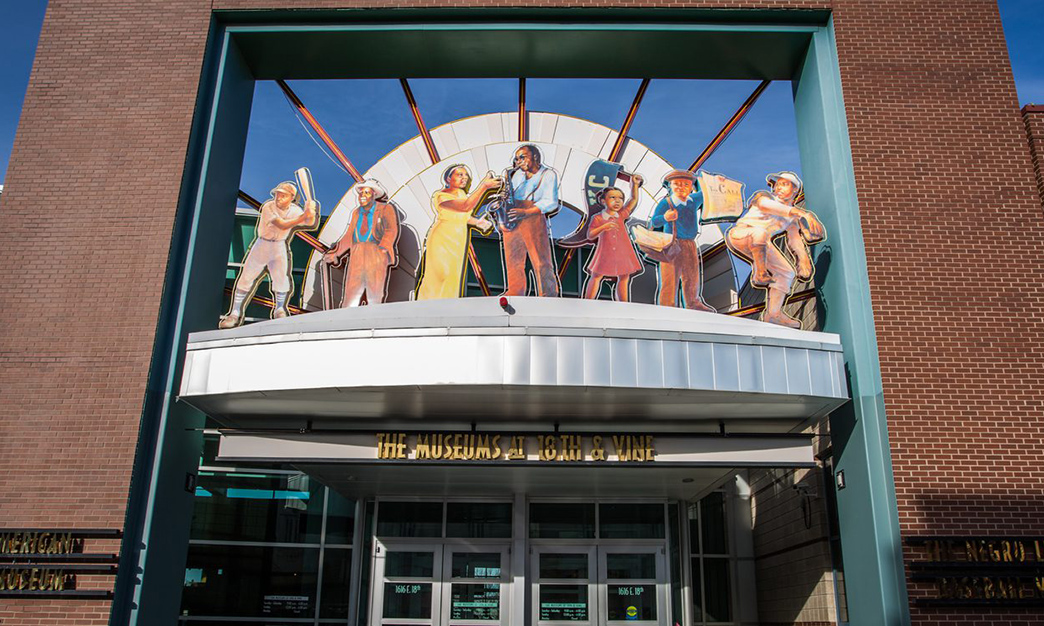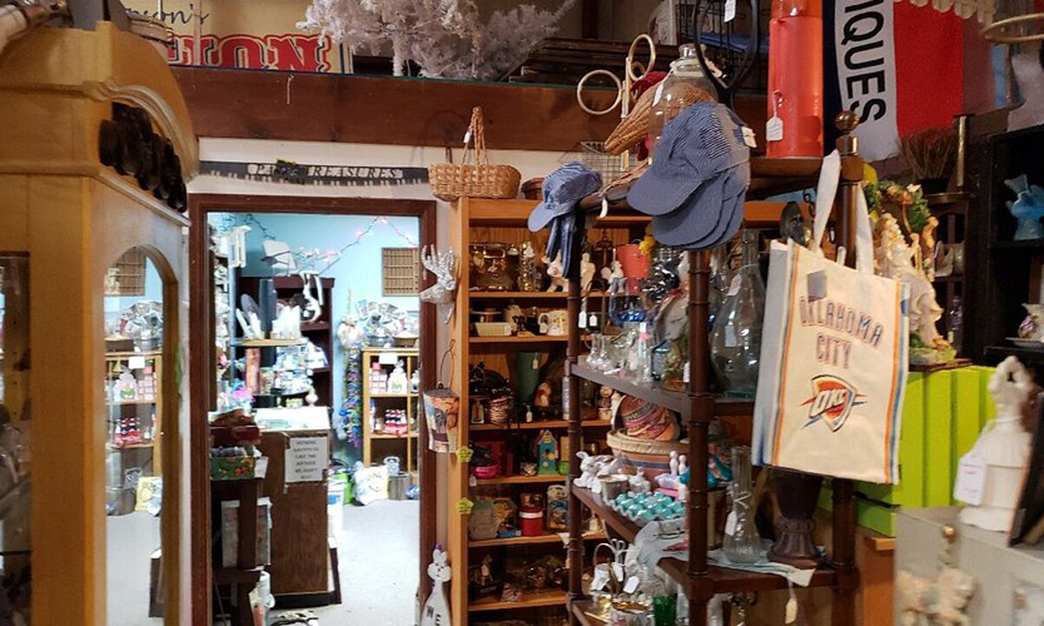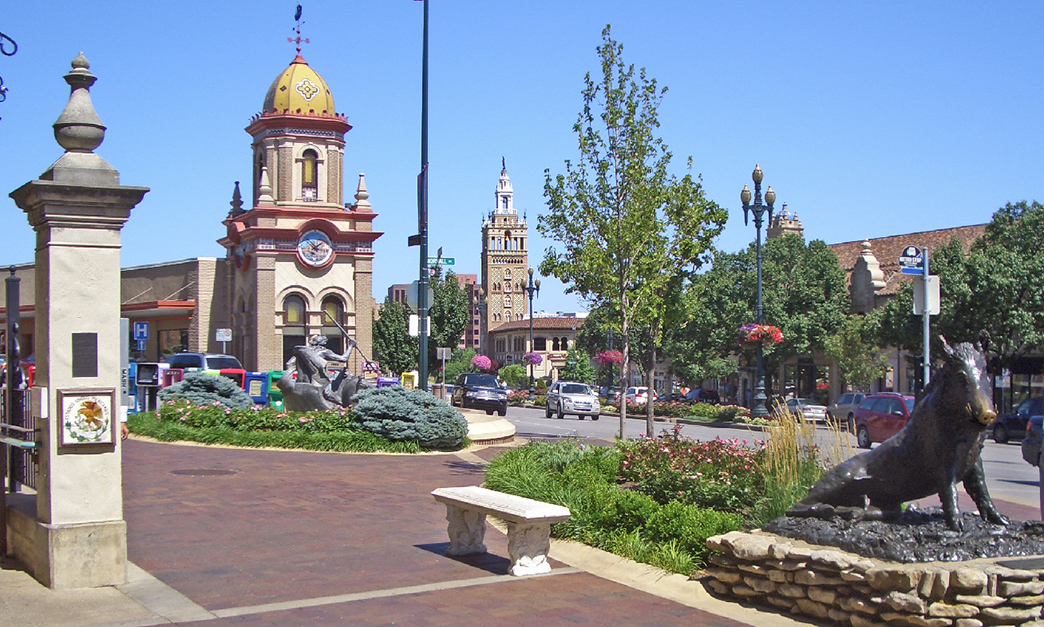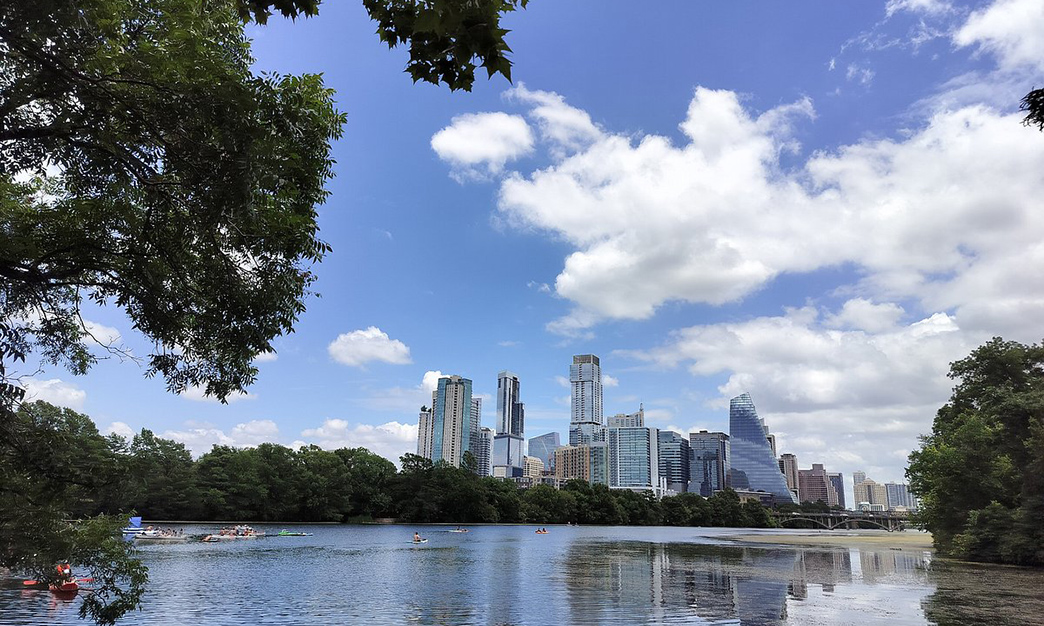When people think of Kansas City, they often imagine barbecue smoke drifting into the air or the sound of live jazz spilling out of a basement club. Both are true — deliciously and beautifully true — but Kansas City is also a city of stories, and those stories live in its museums.
I can tell you: museums are where you find the heartbeat of a place. In Kansas City, that heartbeat is syncopated, soulful, and surprisingly diverse.
Over the course of several trips, I immersed myself in four of Kansas City’s most important museums. Each one transported me: from the smoky jazz clubs of the 1930s, to the harrowing realities of World War I, to the sweeping collections of art and culture, to the city’s own unique story told in ways only Kansas City can.
Here, I’ll share my personal journey through these four museums. For each, I’ll dive into the three artworks or exhibits that struck me personally, plus three I recommend you shouldn’t miss. I’ll also include details on tickets, discounts, directions, and services, because as much as I want to inspire you, I also want you to feel prepared.
So grab your walking shoes and your curiosity. Let’s step into Kansas City’s museums together.
American Jazz Museum
📍 1616 E 18th St, Kansas City, MO 64108
My Experience
The moment I stepped into the American Jazz Museum, I felt as though I had walked into a living record of sound. Located in the historic 18th & Vine Jazz District, the museum doesn’t just preserve history — it swings, croons, and improvises it. The entryway was alive with faint melodies, and as I moved deeper, interactive displays let me hear everything from ragtime piano to bebop.
For someone like me who has always associated Kansas City with smoky late-night jam sessions, this was heaven. The museum does not simply present artifacts; it immerses you in an atmosphere of rhythm and soul.
Three Exhibits I Loved
- Ella Fitzgerald’s Gown – A stunning, sparkling stage gown worn by the First Lady of Song herself. Standing in front of it, I imagined her commanding a stage with effortless grace. Seeing a piece of her presence was deeply moving.
- Charlie Parker’s Saxophone – As a fan of Parker, this was my holy grail moment. His alto saxophone sat encased like a sacred relic, and for good reason: Bird changed jazz forever. The sax almost hummed with history.
- Interactive “Jazz Listening Station” – Sitting down, putting on headphones, and scrolling through Kansas City jazz greats made me lose track of time. I loved hearing Count Basie in one moment and then jumping to modern artists influenced by him.
Three Exhibits I Recommend You See - The Blue Room – Technically part of the museum but also a working jazz club. If you can, stay for a performance — nothing compares to live music in this historic space.
- Dizzy Gillespie’s Trumpet – Its unique, upturned bell is instantly recognizable, and it’s incredible to see in person.
- Interactive Music-Mixing Exhibit – It lets you play with rhythm tracks and horn sections to create your own jazz fusion. Perfect for kids, but honestly, I had as much fun as they did.
Services & Practical Info
• Tickets: Adults $10, Seniors/Students $9, Youth $6.
• Discounts: Combo tickets available with the Negro Leagues Baseball Museum (right next door) — both for $15.
• Hours: Tuesday–Saturday 10 AM–5 PM, Sunday 12 PM–5 PM. Closed Monday.
• Booking: Tickets available on their official website or at the door. I recommend booking ahead on weekends.
• Pros: Deeply interactive, live music opportunities, affordable.
• Cons: Smaller than other museums; you can see it in 1–2 hours.
National WWI Museum and Memorial
📍 2 Memorial Dr, Kansas City, MO 64108
My Experience
Standing in front of the Liberty Memorial Tower, I was awestruck. Rising nearly 217 feet into the air, it’s not just a monument — it’s a silent guardian, a reminder of sacrifices that shaped the modern world.
Inside the National WWI Museum, I found myself transported. The main exhibit begins with a walk across a glass bridge under which thousands of poppies — each representing 1,000 combatant deaths — are laid out. It hit me in the chest: the sheer scale of loss, visualized so simply.
I’ve been to war museums around the globe, but few have impacted me as much as this one.
Three Exhibits I Loved
- The Trench Experience – A life-size replica of a WWI trench complete with sounds of gunfire and conversations. I stood there imagining the mud, fear, and camaraderie that defined those years.
- Interactive Map of the War’s Expansion – Watching the war spread across continents in an animated timeline gave me goosebumps. It was a powerful way to visualize complexity.
- The Liberty Memorial Tower View – After exploring the exhibits, I rode the elevator to the top of the tower. The sweeping panorama of Kansas City was breathtaking, a peaceful contrast to the sobering museum below.
Three Exhibits I Recommend You See - The Renault FT Tank – A real French tank used during the war, sitting like a steel beast. It’s massive and humbling.
- Weapons & Uniform Displays – An incredible collection, from rifles and helmets to gas masks. Each item tells a story.
- Letters from Soldiers – Personal correspondence displayed under glass. Reading the handwriting of young men writing home almost brought me to tears.
Services & Practical Info
• Tickets: Adults $18, Seniors (65+) $14, Youth (6–18) $10, Under 6 free.
• Discounts: Free admission on Veterans Day and Memorial Day.
• Hours: Tuesday–Sunday 10 AM–5 PM, Monday closed.
• Booking: Reserve on their website (especially if you want timed access to the Liberty Memorial Tower).
• Pros: Immersive exhibits, emotional storytelling, stunning architecture.
• Cons: Content can be heavy for younger children. Allow at least 3 hours.
Nelson-Atkins Museum of Art
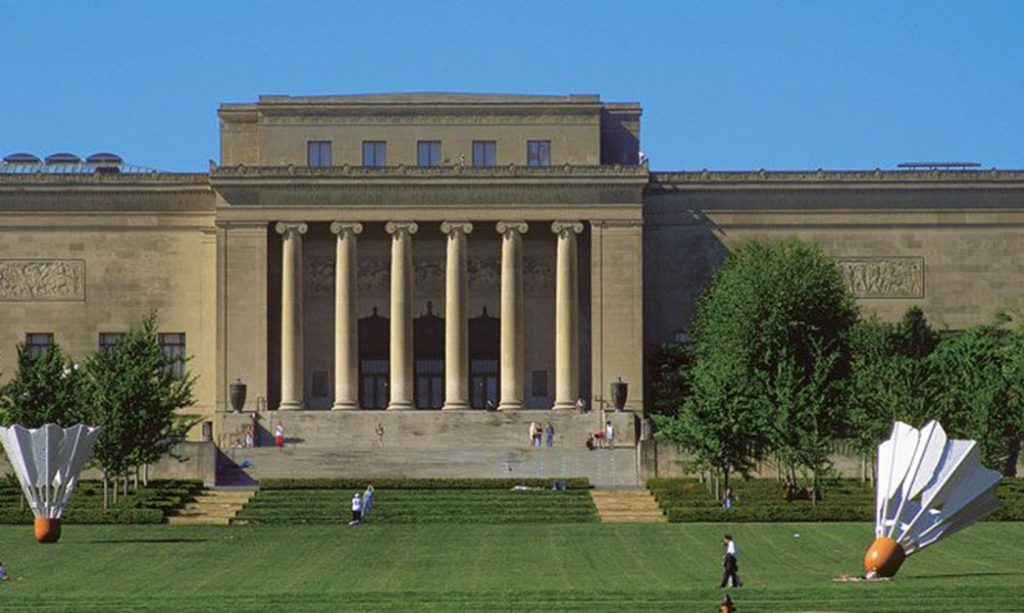
📍 4525 Oak St, Kansas City, MO 64111
My Experience
Approaching the Nelson-Atkins Museum of Art, I was struck by its grandeur — a neoclassical façade that looked like it belonged in Europe. Then, across the lawn, I saw the giant shuttlecocks sculpture by Claes Oldenburg. It was whimsical, playful, and set the tone for a museum that balances reverence with creativity.
Inside, the collection spans 5,000 years. I could have spent days here and still not seen everything.
Three Artworks I Loved
- Caravaggio’s “Saint John the Baptist in the Wilderness” – The chiaroscuro was so vivid it felt like the figure would step out of the painting.
- Shuttlecocks (outdoor installation) – I loved how they turned a serious museum lawn into something fun and unexpected.
- Japanese Room with Shōji Screens – Peaceful, minimalistic, transporting. It contrasted so beautifully with the ornate European rooms.
Three Artworks I Recommend You See - Claude Monet’s “Water Lilies” – A dreamy, immersive piece that glows with impressionist light.
- African Art Collection – Masks, sculptures, and textiles that broadened my perspective on artistry and culture.
- Modern & Contemporary Wing – Especially the Rothko, whose colors pulled me into a meditative state.
Services & Practical Info
• Tickets: Free general admission. Special exhibits may cost $12–$18.
• Hours: Wednesday–Monday 10 AM–5 PM, Friday until 9 PM. Closed Tuesday.
• Booking: Free tickets available online; special exhibits bookable in advance.
• Pros: World-class collection, free entry, diverse range.
• Cons: Can be overwhelming; plan breaks. Parking garage $12.
Kansas City Museum
📍 3218 Gladstone Blvd, Kansas City, MO 64123
My Experience
The Kansas City Museum, located in the historic Corinthian Hall mansion, feels like stepping into the city’s soul. Recently renovated, the museum tells Kansas City’s story through exhibits on its people, industries, and neighborhoods.
Walking through, I loved how it balanced grandeur with intimacy. Corinthian columns framed rooms filled with multimedia exhibits about local history.
Three Exhibits I Loved
- “Making a Kansas City” Exhibit – A sweeping narrative of the city’s growth, from Indigenous roots to modern metropolis.
- Historic Corinthian Hall Rooms – Preserved spaces showing early 20th-century opulence. The woodwork alone is stunning.
- Interactive Neighborhood Histories – Touchscreen maps where I could explore stories of each Kansas City neighborhood.
Three Exhibits I Recommend You See - Garment Industry Displays – KC was once a garment hub, and the vintage dresses and suits are gorgeous.
- The Soda Fountain Café – Not an exhibit per se, but part of the experience. I loved sitting down with a cherry phosphate after exploring.
- Community Voices Installations – Local stories told in first person, highlighting diverse cultures.
Services & Practical Info
• Tickets: Adults $10, Youth $6, Children under 6 free.
• Hours: Wednesday–Sunday 10 AM–5 PM.
• Booking: Tickets available online and at the door.
• Pros: Deep local storytelling, beautiful building, affordable.
• Cons: Smaller than national museums; best appreciated by those interested in city history.
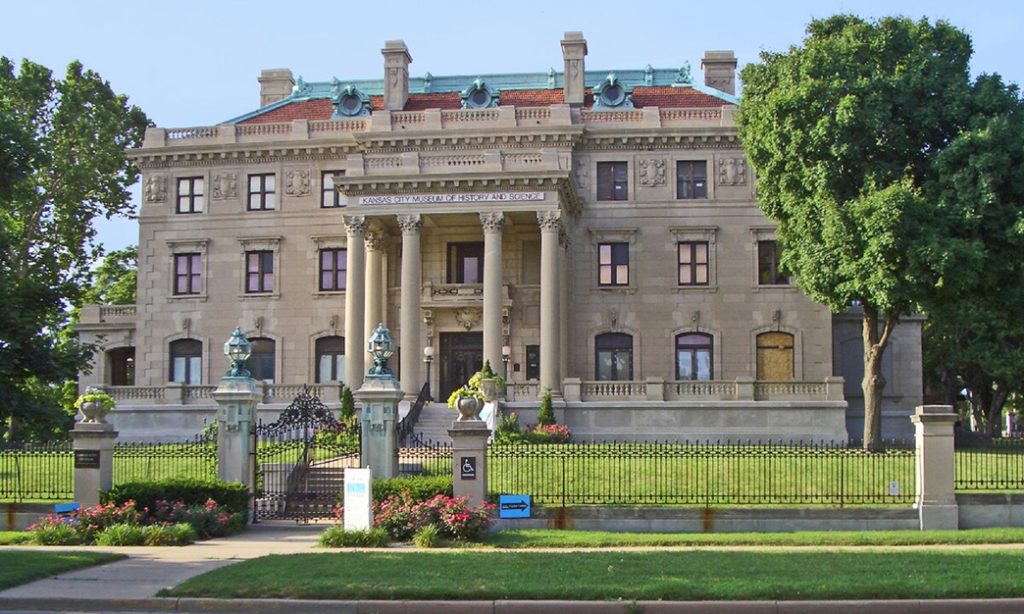
Practical Travel Tips
• Getting Around:
From Kansas City International Airport (MCI), you can reach downtown via RideKC buses ($3, about 45 minutes) or rideshare. Once downtown, buses and streetcars serve most museums, with the KC Streetcar being free and very convenient.
• Discounts: The Visit KC Pass offers bundle deals for multiple attractions.
• Booking Platforms: I used a mix of official websites and aggregators like Viator, but direct booking was usually cheapest.
• Best Time to Visit: Spring and fall for pleasant weather and fewer crowds.
Kansas City’s museums are more than just buildings filled with artifacts. They are time machines, storytellers, and community spaces.
At the American Jazz Museum, I felt the heartbeat of improvisation. At the WWI Museum, I carried the weight of history on my shoulders. At the Nelson-Atkins, I was transported across continents and centuries. And at the Kansas City Museum, I understood the unique DNA of this Midwestern city.
Each museum left me buzzing — sometimes with joy, sometimes with awe, sometimes with the heaviness of history. But always with gratitude.
If you’re planning a trip to Kansas City, make time for its museums. They are not just stops on an itinerary; they are chapters of the city’s story, waiting to be read, felt, and remembered.
